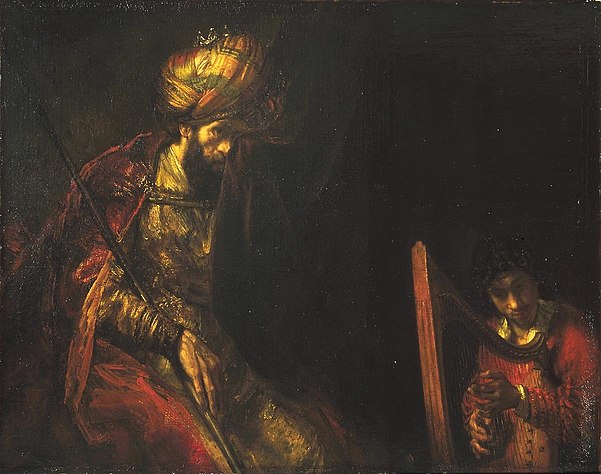We just learned about the person from the Bible named
Samuel.
Another person from the Bible was
Saul.
After God's prophet Samuel told the people that God would choose a king for them, God told him that Saul would be that king.
Saul was the most handsome and tallest man in all of Israel.
Samuel told everyone that Saul was the king, and with God's help Saul won many great battles.
Later on Saul didn't listen to God's instructions very well, so God was angry with him, and decided to replace him some day with David.
Saul met David, and when Saul was not feeling well David would play music for him on a harp.
Eventually David grew up and was a warrior for Saul's army, but Saul was jealous because people talked more about Saul than about him so he tried to get rid of David.
Saul got killed in a battle, and David became king after him.

(from: wikipedia -
saul)
Kid Facts - Blast from the past: Epiphany - Transfiguration








